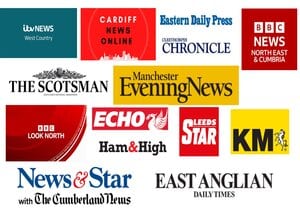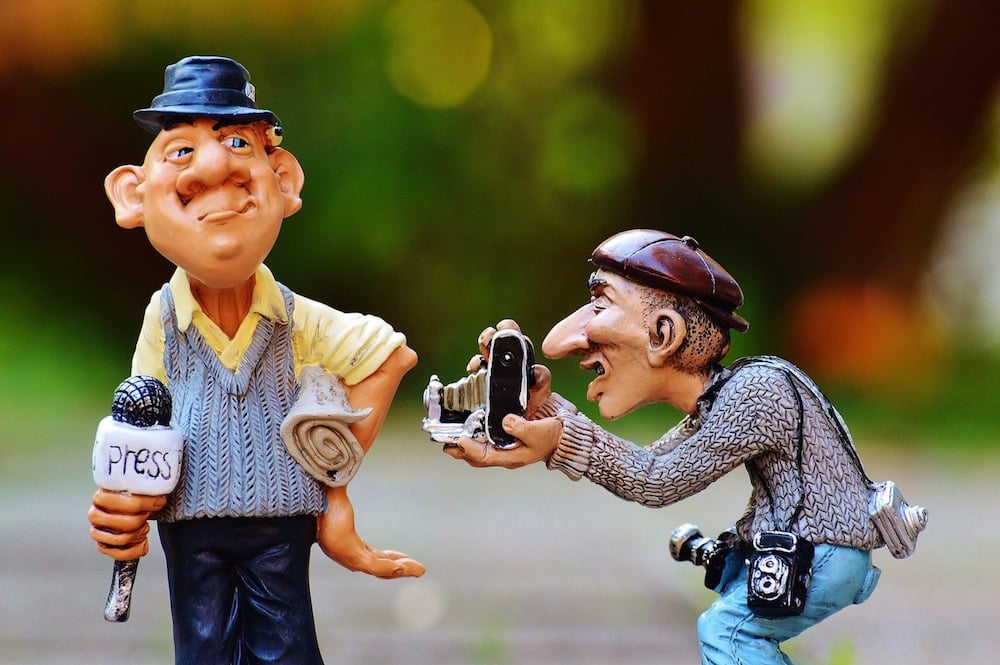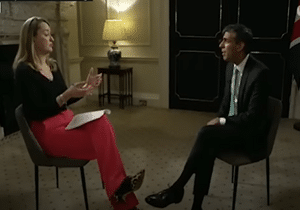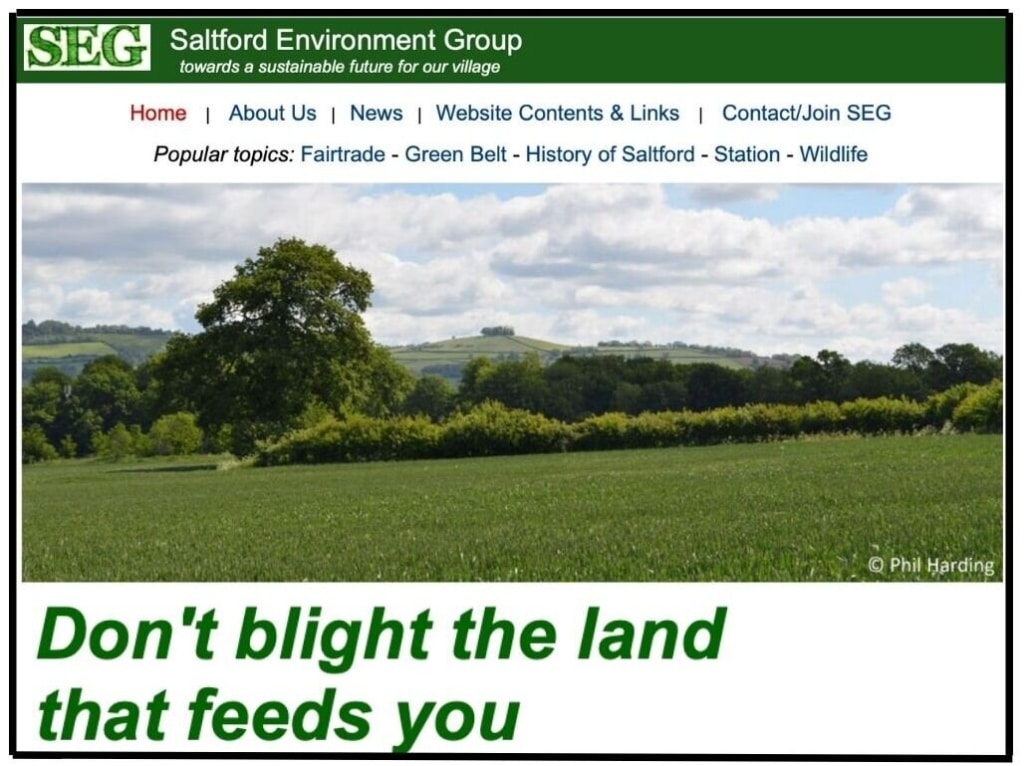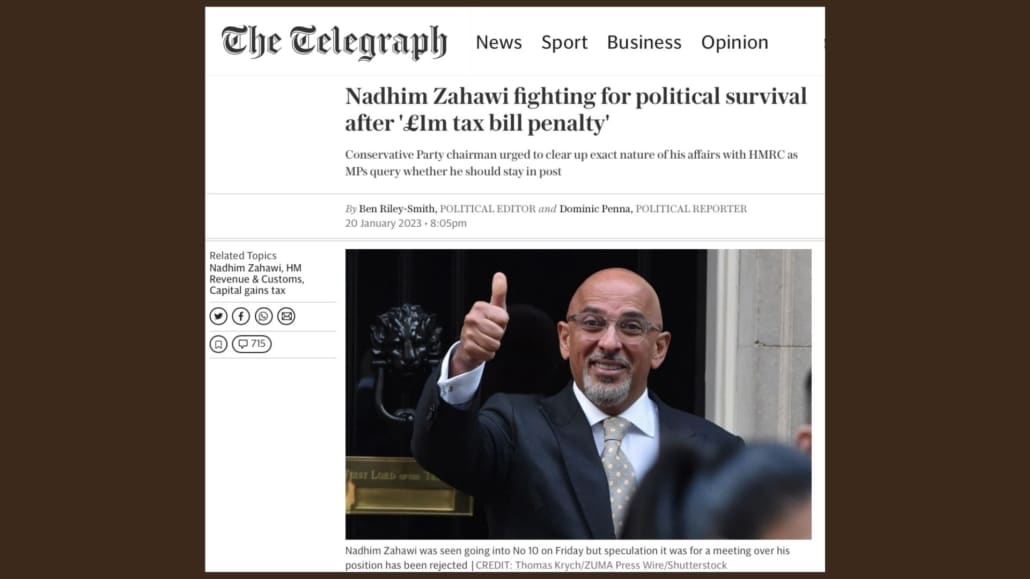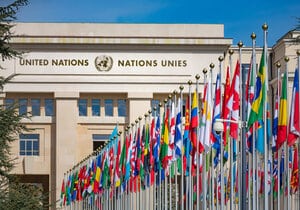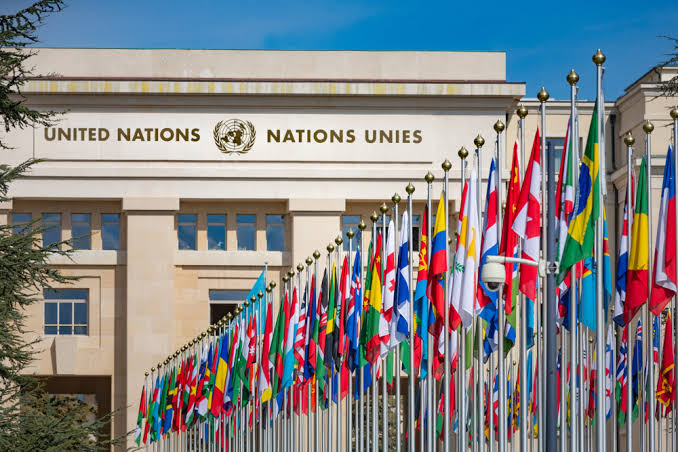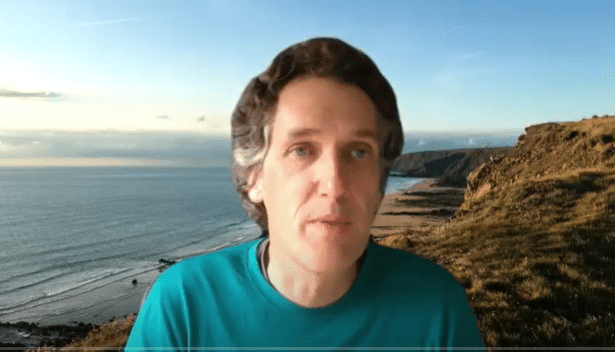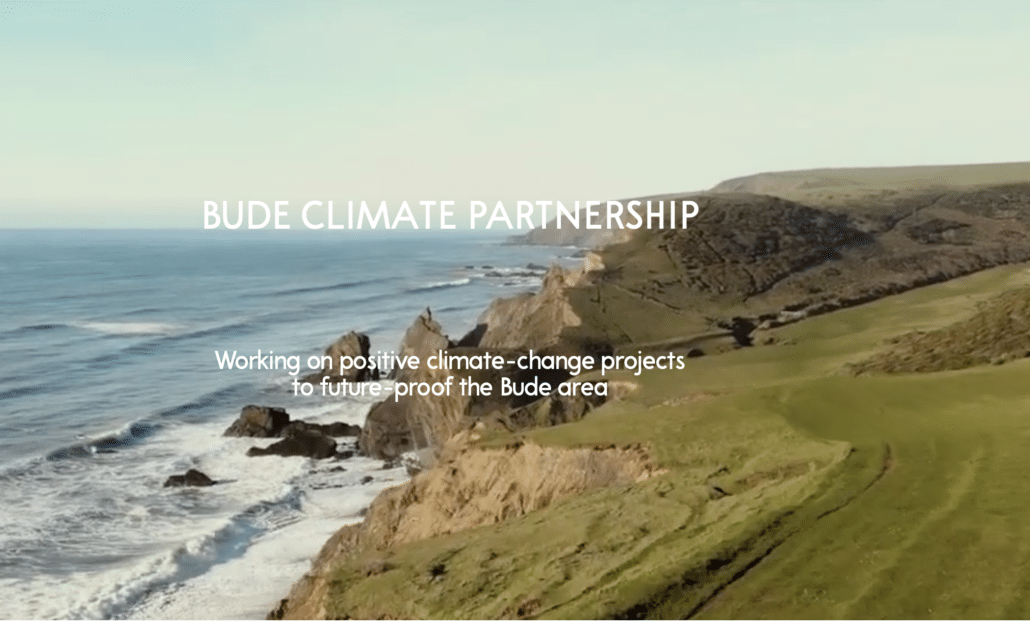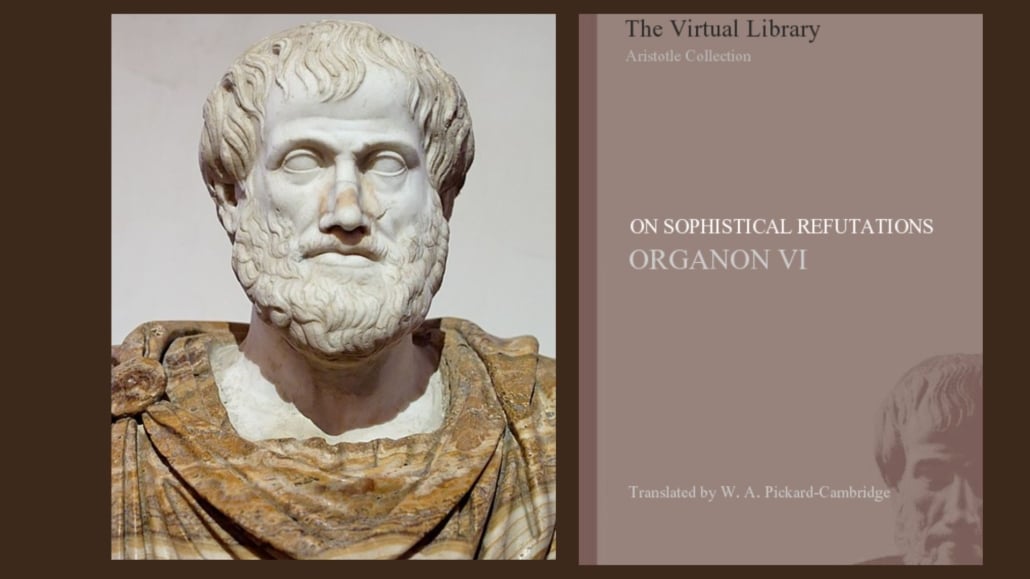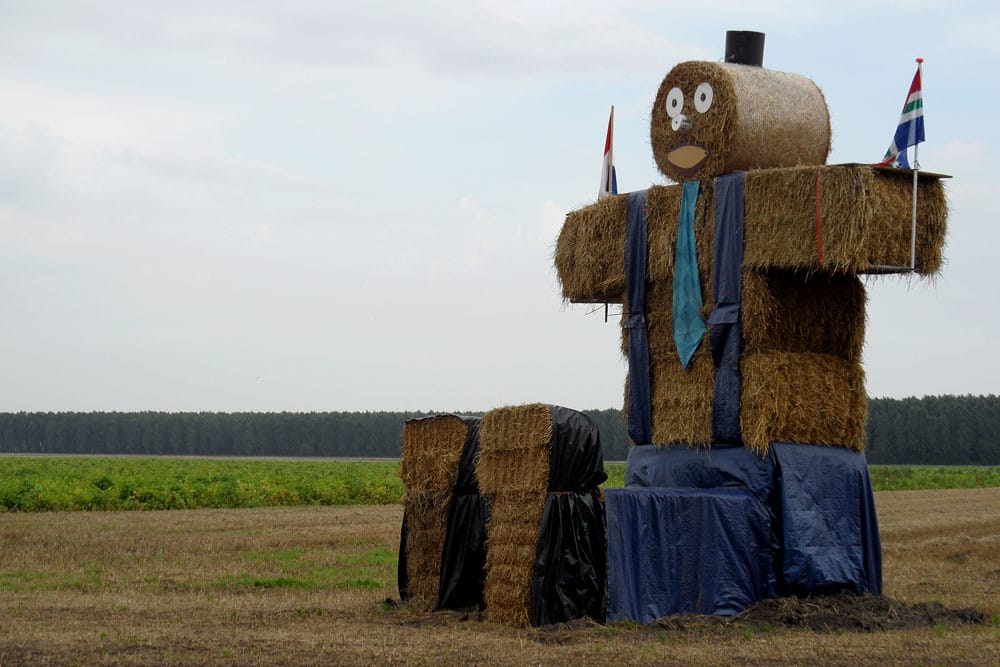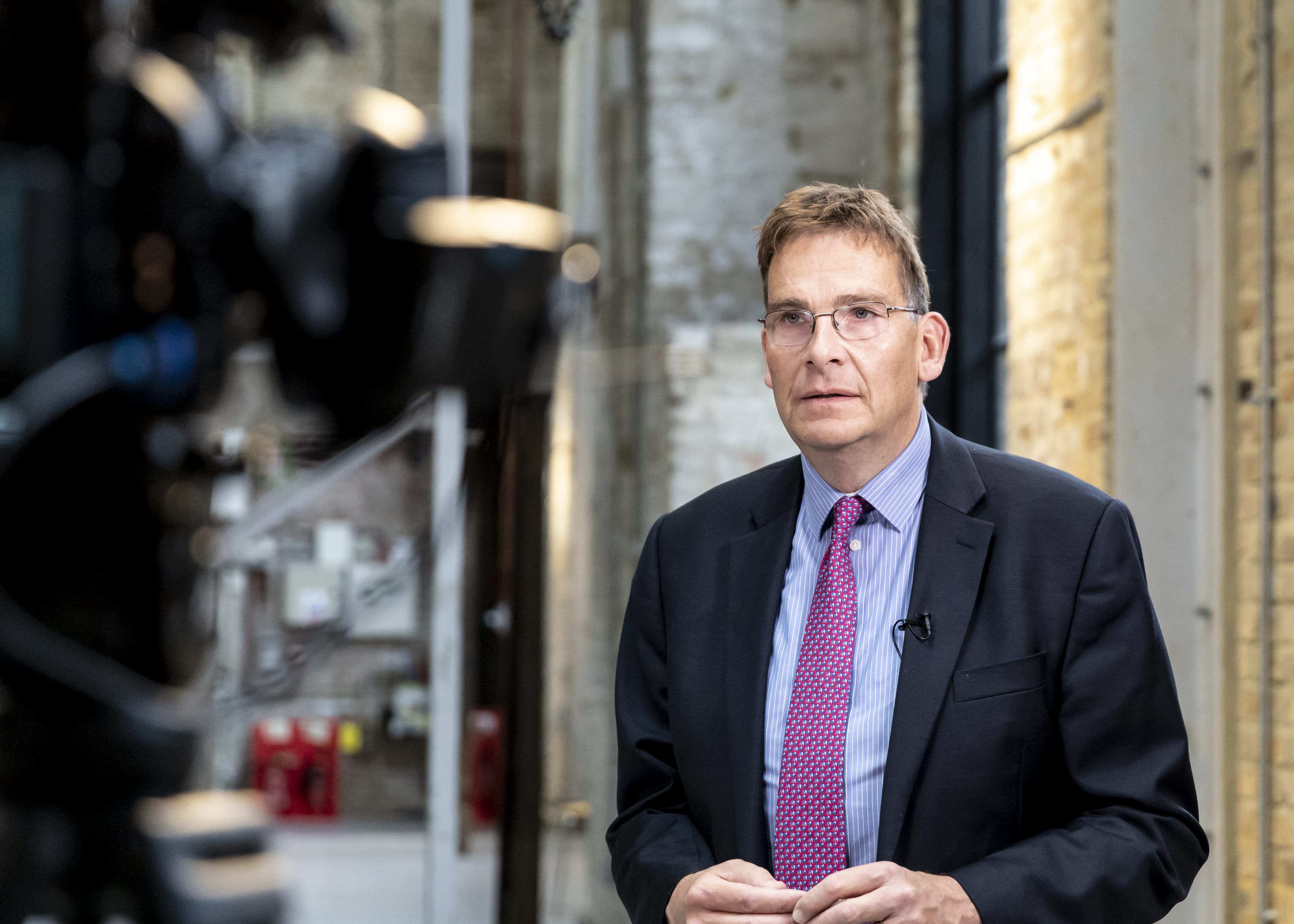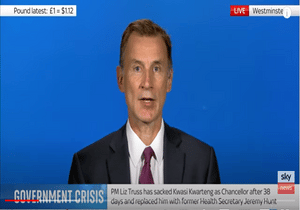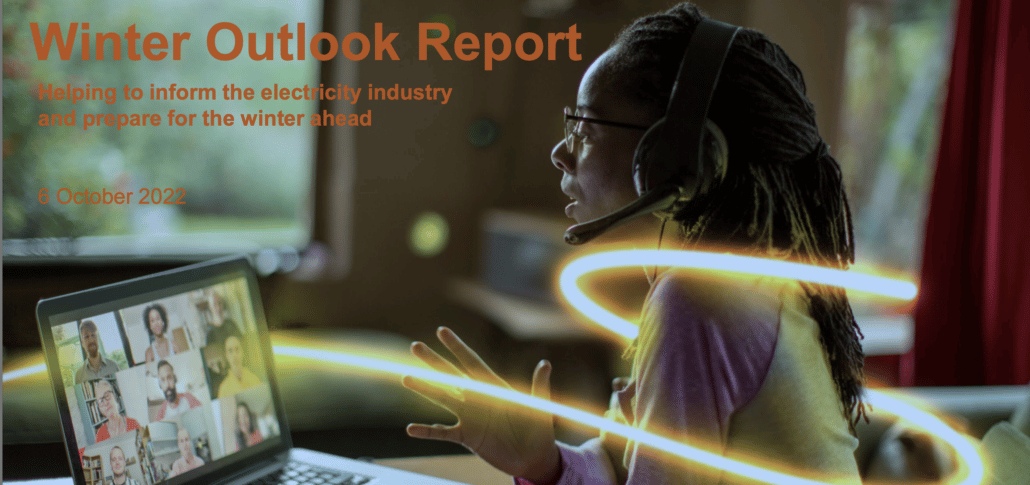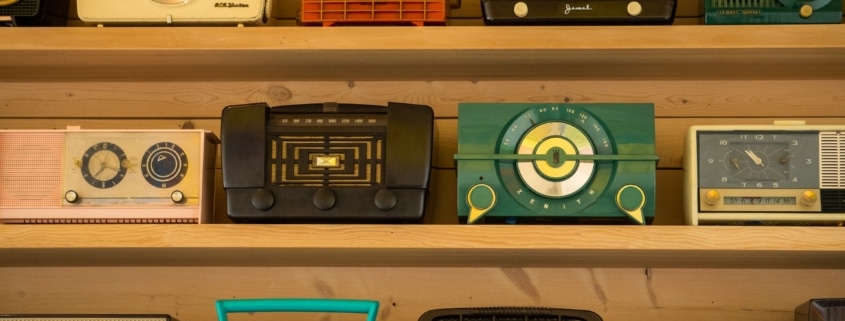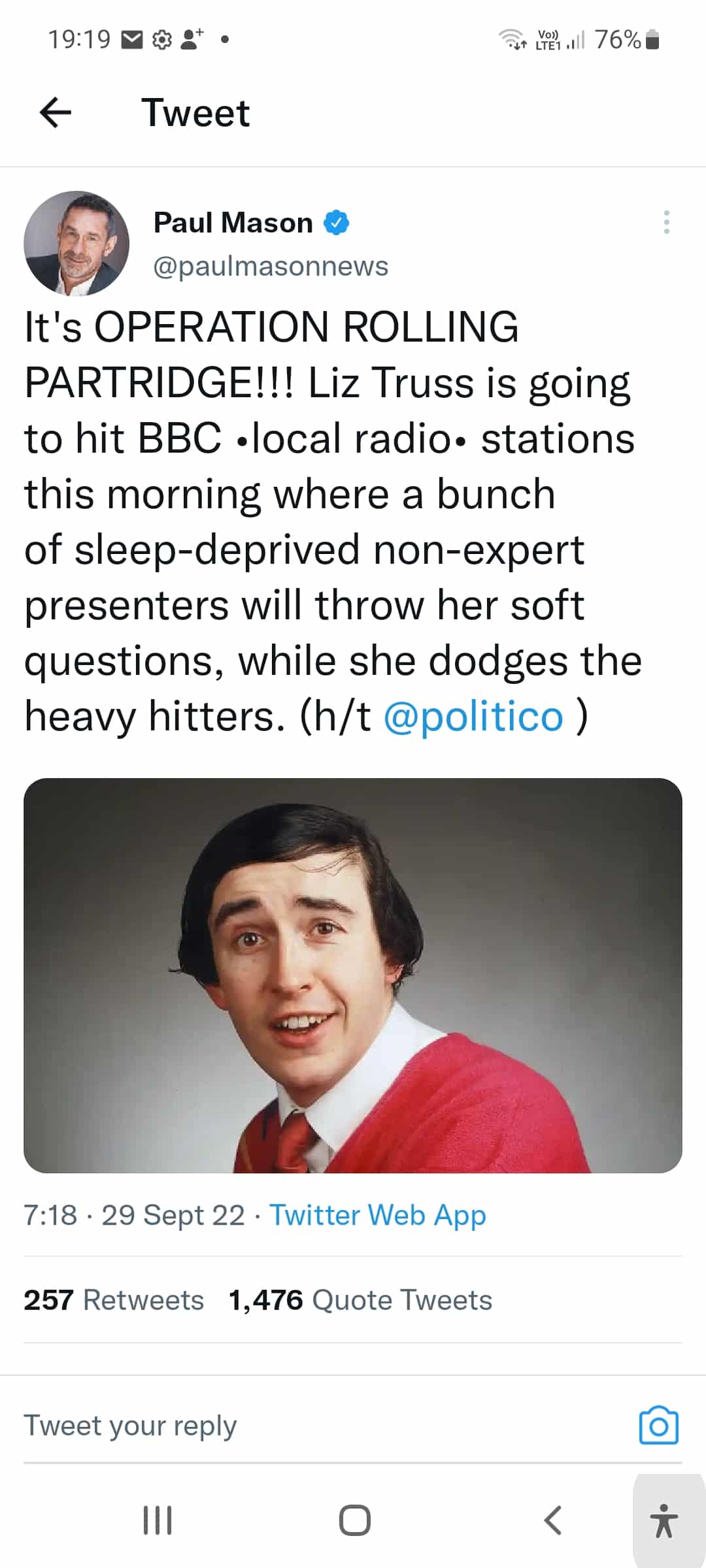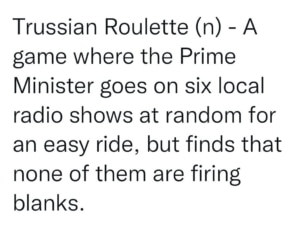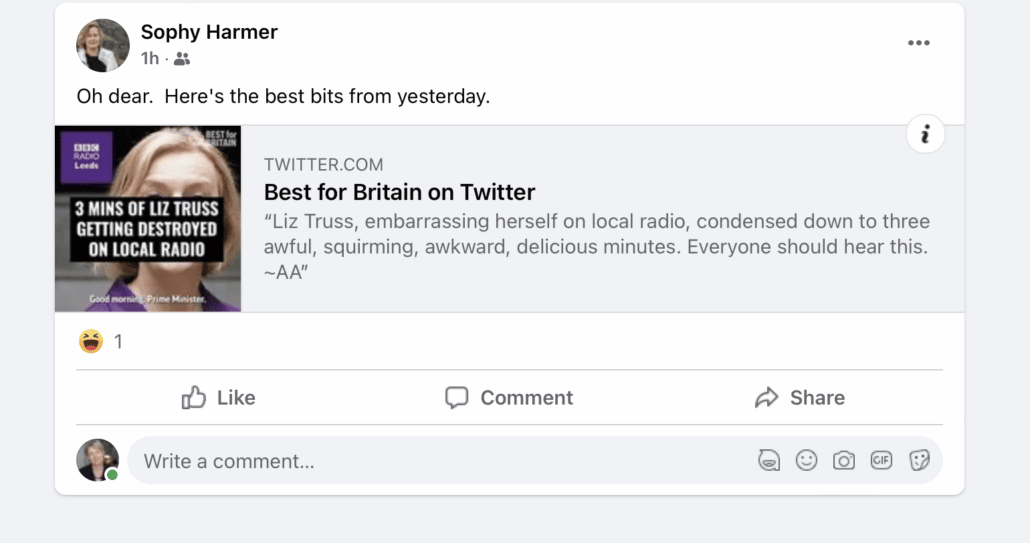Leveraging Localness
As I’ve discussed before (Why There’s No Such Thing as ‘Only Local’ Media), we believe interviewees should treat all media appearances – regardless of whether they are local, regional, national or international – equally seriously.
However, there is something special about local media outlets – and this includes regional television and newspapers – which offers the canny interviewee a unique opportunity.
Because localness is the reason why these outlets exist. For them, localness is not just an occasional ‘nice-to-have’ accessory or randomly added embellishment; it’s their very raison d’être.
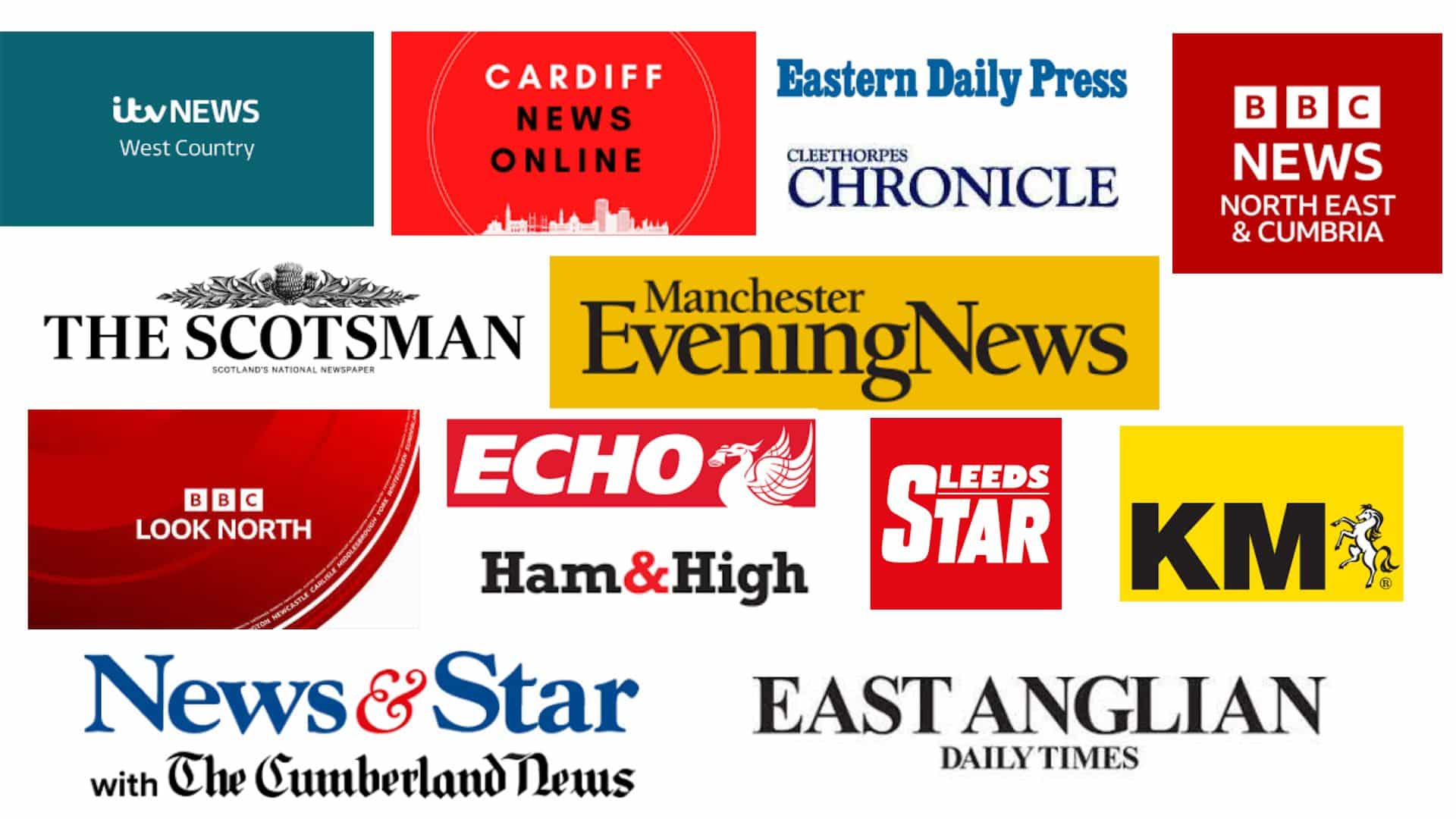
Like it or not, it drives everything they do. Small local stories will often beat bigger national ones purely because they’re local; local ‘angles’ will be sought on national news stories (even if they’re not immediately apparent); stories from just outside the area (in some cases, even by less than a mile) may be ignored completely.
With that in mind, how can a local interviewee use this knowledge to their advantage? There are three main approaches:
- Personal reference. If you were born locally, went to school in the area, perhaps lived there once or live there now, or had family from the district, etc. For example: “I’ve always loved it in (name of county) – I lived around here for years, and it’s great to come back…” or “My dad was born just down the road and he always said…” etc.
- Genuine examples. Citing people, organisations, companies from the region. For example: “I was speaking to an employee of (name of business) in (name of local town) only the other day…” or “(name of local football club) understand this – they’ve been doing it for ages…” or “This is a bit like travelling on the (name of major local road) on a Monday morning…” etc.
- Obviously fictional examples. Using a local placename or reference to illustrate a wider point. For example: “So, if Mrs Miggins from (local placename) was trying to get to work, she’d have to …” or “So, Bloggs Shoes wanting to send their products from (local place name) to (local place name) would have to…” etc.
You’ll notice that organisations staging awards often exploit this built-in predisposition for localness ruthlessly. First, they hold ‘local’ rounds, complete with ‘winners’ and ‘runners-up’, which can then be offered to local media for interviews and photo opportunities. The ‘winners’ then go through to the ‘regional’ rounds for another batch of the same, and once those ‘finalists’ have been whittled down, they can be offered up to the nationals. One idea, three bites of the cherry: clever!
However, an interviewee should always make use of local references with care. My main words of caution are as follows:
- Don’t fake it. Never lie, exaggerate or twist the truth to fit. The dangers of being found out are simply not worth it. And if you’re fibbing about localness, what else might you not be telling the truth about?
- Don’t overdo it. Prefer one solid reference to several weaker ones. And limit yourself to one (or perhaps a couple, if they’re both equally good) per interview.
- Don’t get it wrong. There’s nothing more embarrassing than someone trying to use a local reference but failing to get it right. If you mispronounce a nearby placename (which local listeners will spot immediately, of course), your levels of authority will nosedive. And if you mention a location you believe is in the local media’s coverage area but is actually outside it (a Yorkshire village on Radio Lancashire, for example), you’re wasting your time and theirs.
It’s also worth considering that whilst such references can be like gold dust to a local outlet, they are actually less likely to be used elsewhere. Knowing this, a wise interviewee will provide some local detail, then in another part of the conversation, land a more general truth, stripped of any regional references, which could travel further afield without difficulty.
By the way, the same techniques – and the same warnings – also apply to stage presenters wanting to add a touch of localness to their presentation. (Which live band doesn’t secure an easy cheer from their audience by going on stage and shouting “Good evening (name of area in which venue is situated)!” It’s low-hanging fruit – and why not?)
Tips like this are something we offer in our media and presentation training sessions.
What’s more, we’re happy to travel to your local area to carry them out!
Image: Pixabay

